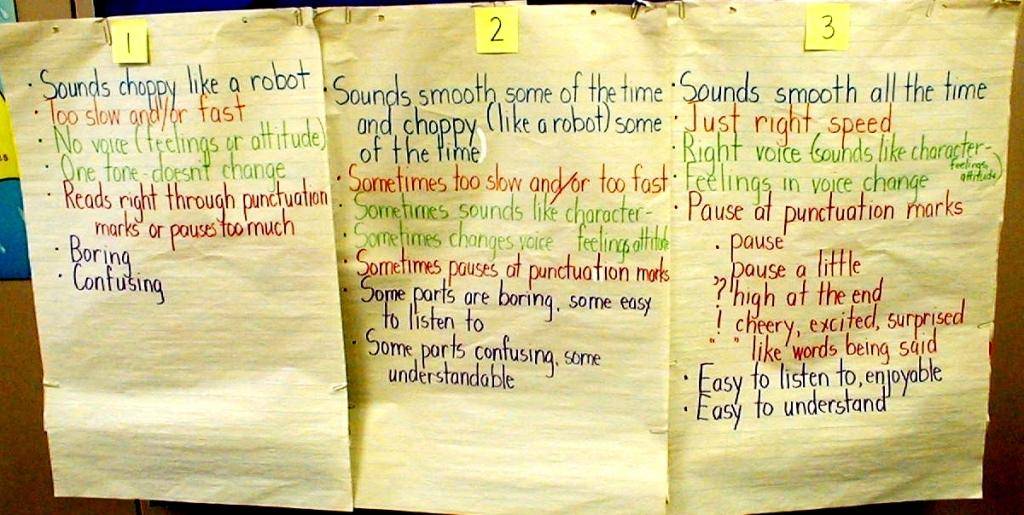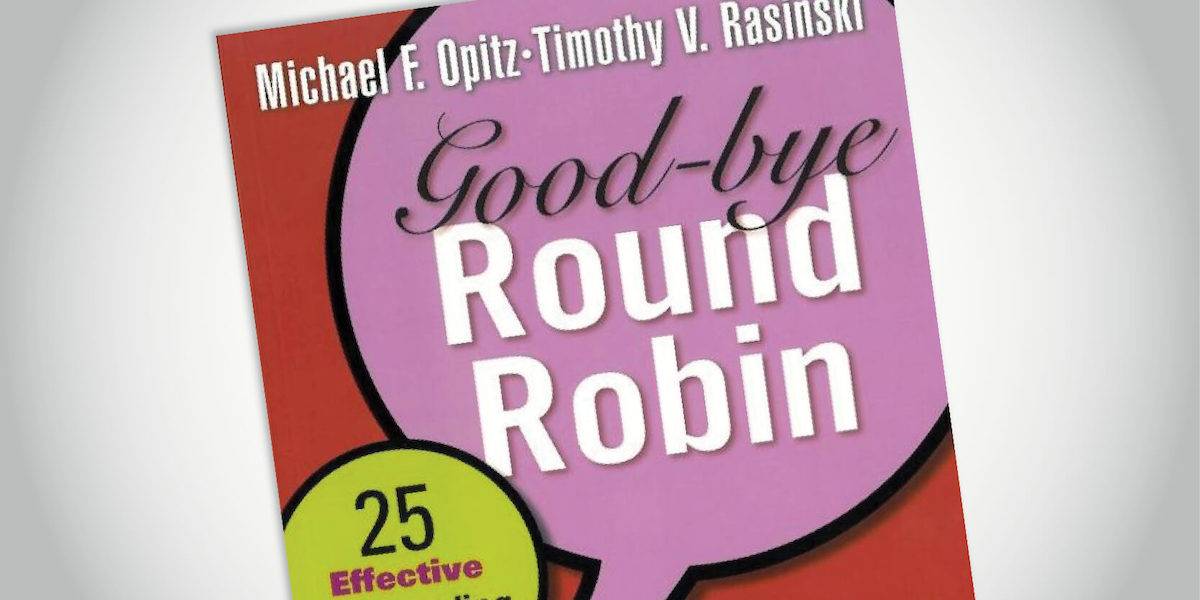Learning Center
Reading
Introduce fluency to students
March 1, 2019

Even if students can decode words in their reading, that doesn’t mean they will comprehend what they read. If they read too slowly, then the text doesn’t make sense. If they don’t chunk words in phrases, breathing appropriately for punctuation marks, then the text doesn’t make sense. If they lack expression, then the text is flat and also doesn’t make sense. Reading expert Tim Rasinski is right–Fluency is the secret ingredient to comprehension.
Introduce the term “fluency” to students; they can’t achieve it if they don’t even know what it is.
- Compare a fluent reader to be like a skateboarder–smooth, fluid, and effortless.
- Model fluency done well–with expression and accurate phrasing and a speed that is fast enough to make sense but not so fast that the reader can’t comprehend.
- Then model the opposite–a robot reader who is choppy, jerky, stilted, and deliberate in his movements. Read without expression, hesitating and sounding out most words, frequently pausing after words, and breaking sentences into awkward phrases.
- Discuss the differences the students heard between the smooth skateboarder fluency and the jerky robotic fluency.
Over the next couple of weeks, continue discussing and modeling fluency and building an Oral Fluency rubric with the students. Craft a rubric that has three levels.
- Weak fluency is decoding like a robot (i.e., Level 1).
- Strong fluency is decoding with automaticity, like the smooth ride of a skateboarder (i.e., Level 3).
- Fluency with smooth sounding portions and some choppy sounding portions is represented with a robot on a skateboard (i.e., Level 2).
The rubric below was generated with first graders in Linda Schmidt’s class at Bright Elementary in Bright, IN.
After introducing fluency and establishing a kid-friendly rubric, expect students to self-assess their own oral reading fluency.
- Execute an all-class choral reading (or echo reading or partner reading or individual whisper reading).
- Referencing the rubric, the class often agrees that they sounded like a robot (i.e., Level 1).
- Announce that they will read it again, attempting to increase their fluency and up their scores.
- After the second reading the class might excitedly determine that they were much more like Level 2.
- Maybe with one final reading they can reach the smooth-wheeling skateboarder (i.e., Level 3).
Repeated readings are a great way for students to acknowledge the goal and self-assess their own developing fluency.
Teacher Comment
Sara McKown, music teacher/Title I tutor from Blackford Christian School (Fort Wayne, IN) shared:
Two of my students practically swaggered out of their tutoring session after we discussed “Robots vs. Skateboarders.” My fifth grader said, “Wow! That’s the best I’ve ever sounded when I was reading.” Keep up the GREAT work! I love how easy it is to implement the strategies you share.






